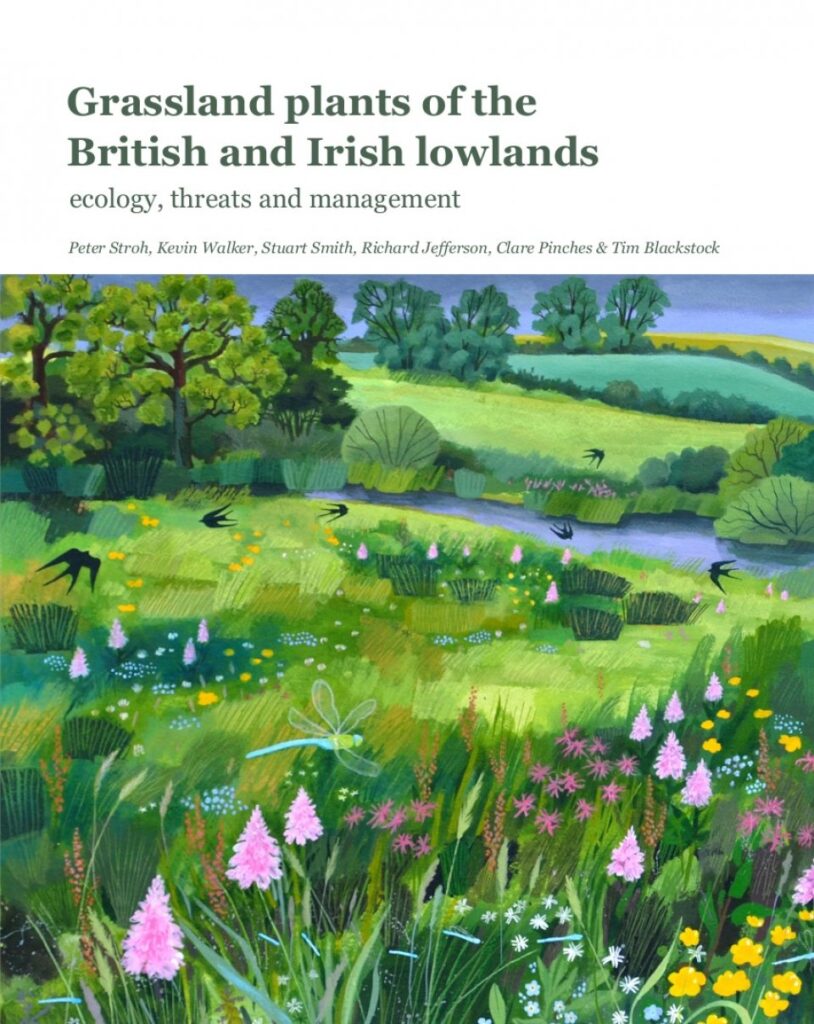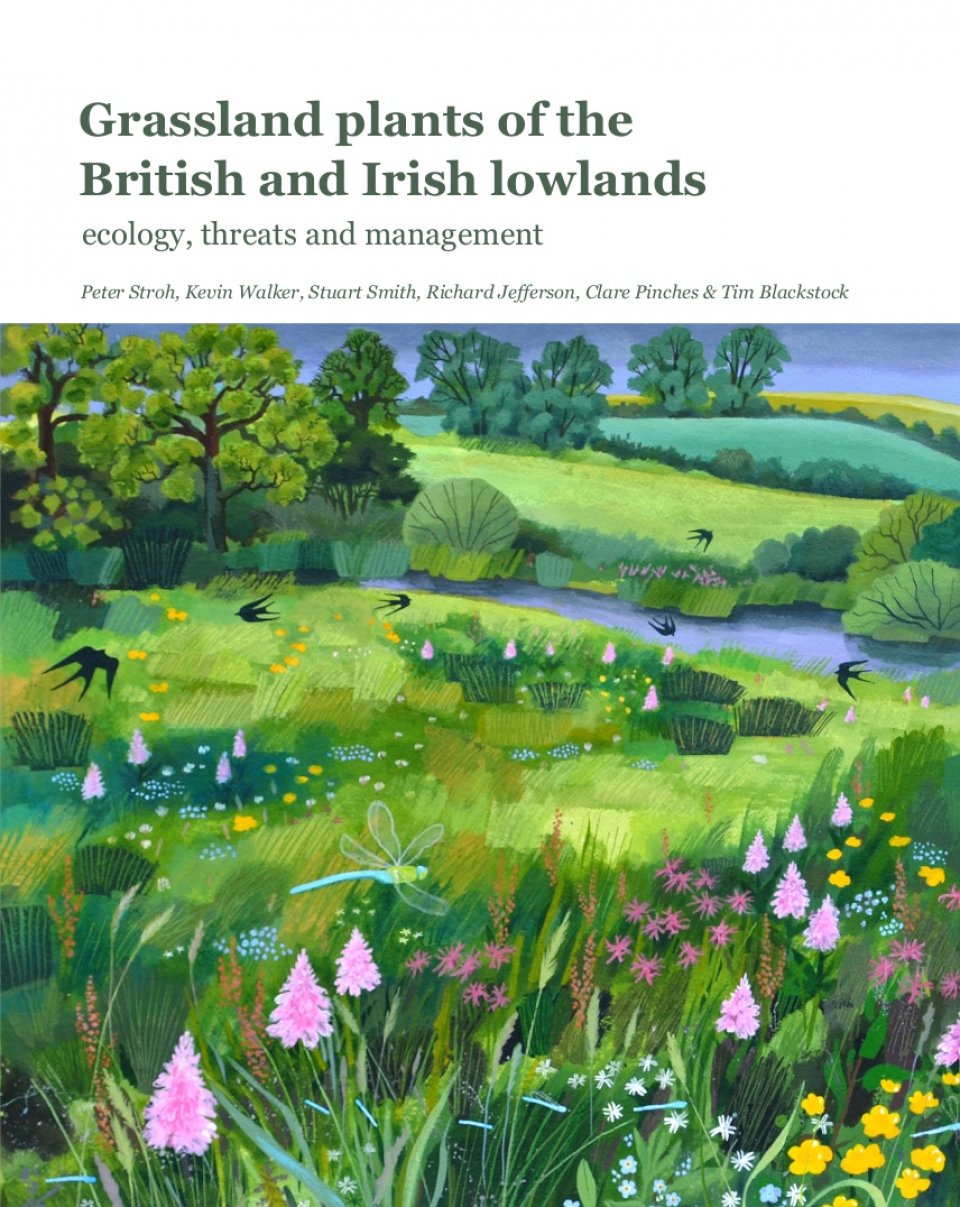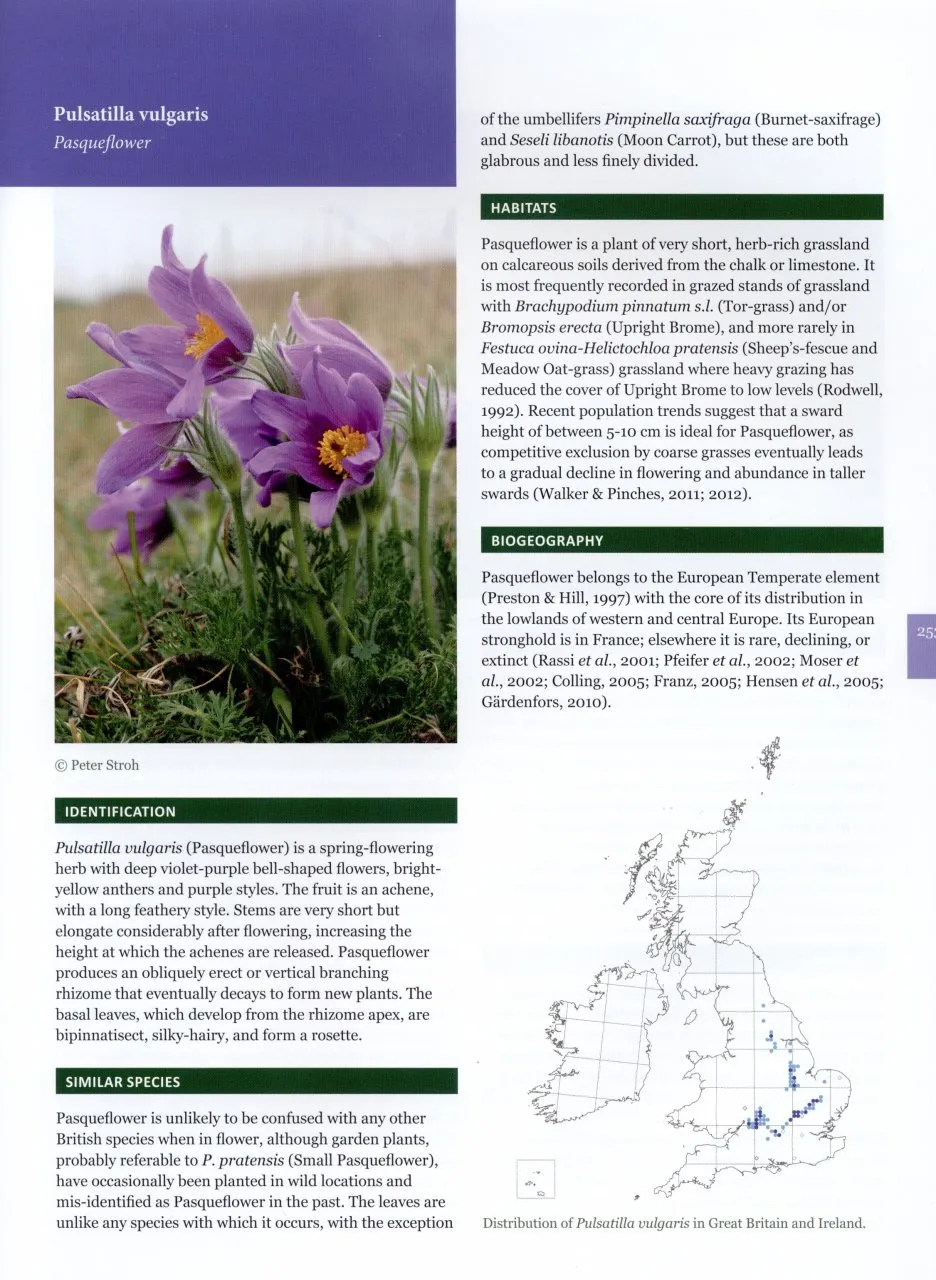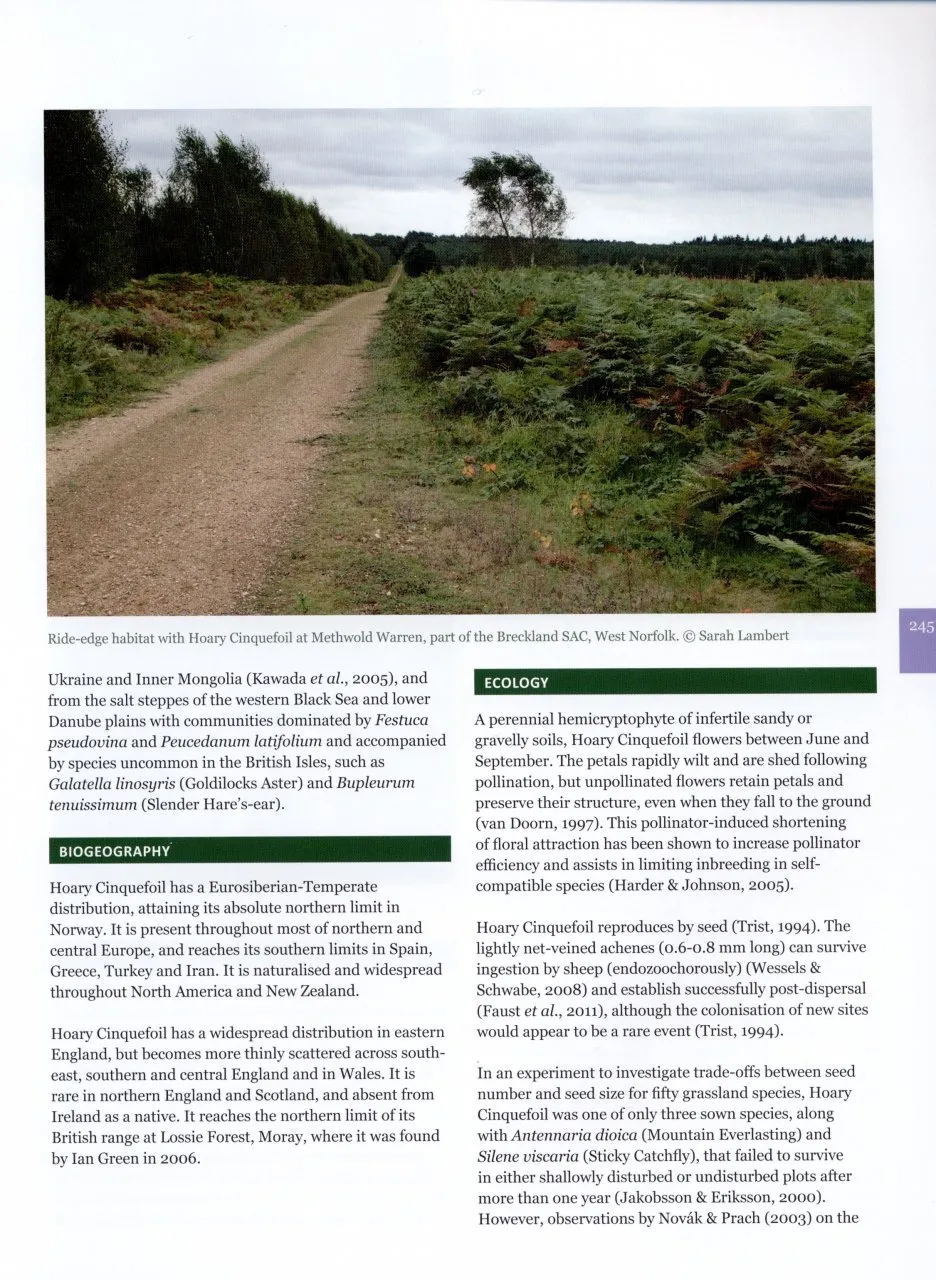There is nothing unnatural about grassland. To hear Monbiot and other pundits, you would suppose that all grassland in Britain was created by mankind, and that our natural state is wall-to-wall woodland. In which case where were all those elephants, aurochs and wild horses living before mankind came along and wiped them out? Not in dense forest, that is for sure.
Flying the flag for natural grassland has been left largely to botanists. A great many flowering plants are confined to our various kinds of grassland – hay meadows, wet and dry pastures, commons and road verges. We call these habitats semi-natural because, although unsown and related to wholly natural habitats in prehistory and as ‘wild’ as any wood, they are all within the agricultural system. Many of their characteristic plants are now declining, in some cases even faster than their habitat. That is the subject of this nicely produced book, written and edited by leading members of the BSBI (Botanical Society of Britain and Ireland).
View this book on the NHBS website
Each of 109 selected species of grassland flowers ‘of conservation concern’ is documented in detail: its identification, its habitat and biogeographical range, its ecology, and the kind of management that is needed if the species is to thrive. The book is beautifully illustrated with well-reproduced pictures of the plants and their habitats. There are technical appendices on each plant’s IUCN status and the NVC (National Vegetation Classification) communities in whch they are found. In all, it assembles in one place the relevant information on how to look after rare flowers in semi-natural grassland, and offers a pointer on how they should be maintained. If the plants are disappearing, the management is wrong. We do not have the excuse of ignorance any more. There is a vast literature on grassland management for nature conservation and its restoration, as revealed by this book’s 37 pages of references.
Add a lovely art cover by Carry Akroyd, the latest national dot maps, and an introduction on the history, factors affecting plants and why some species fare worse than others, and you have here something of a botanical masterpiece. Some idea of the care that has gone into it is suggested by the slip of paper in every copy apologising for a minor error on page 298! Aimed squarely at field botanists and conservation land-managers, the authors hope, by providing all this information in an accessible and visually gorgeous way, to improve the prospects of our grassland flowers. I hope so, too.




